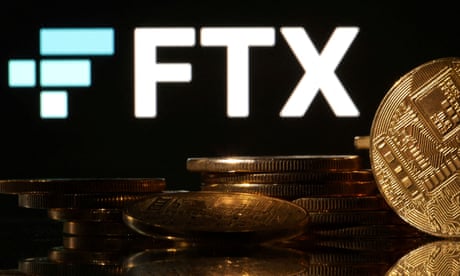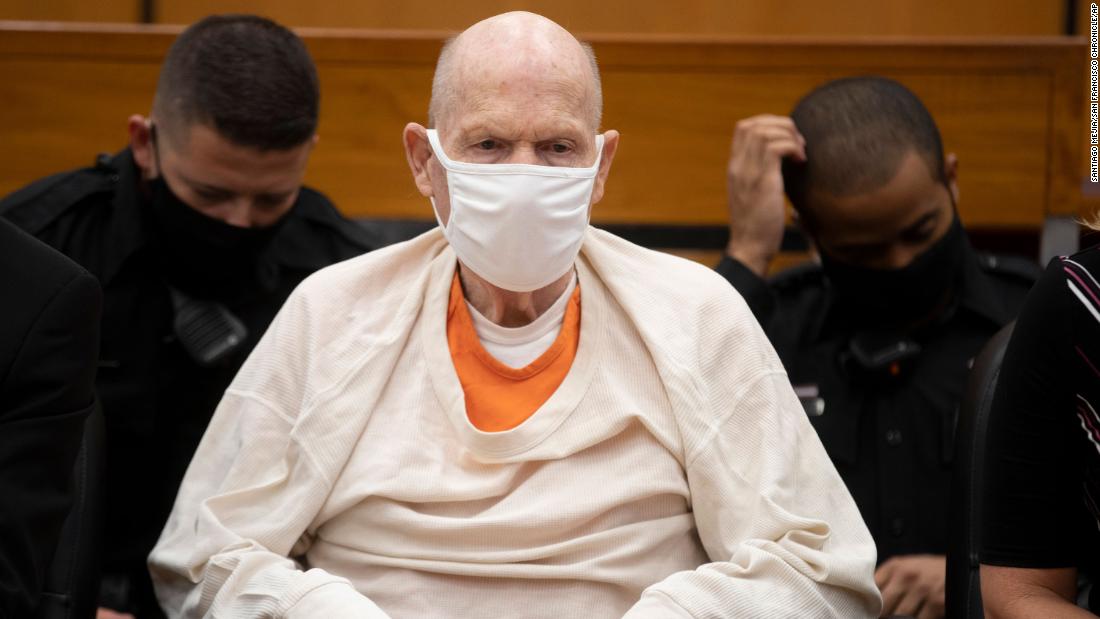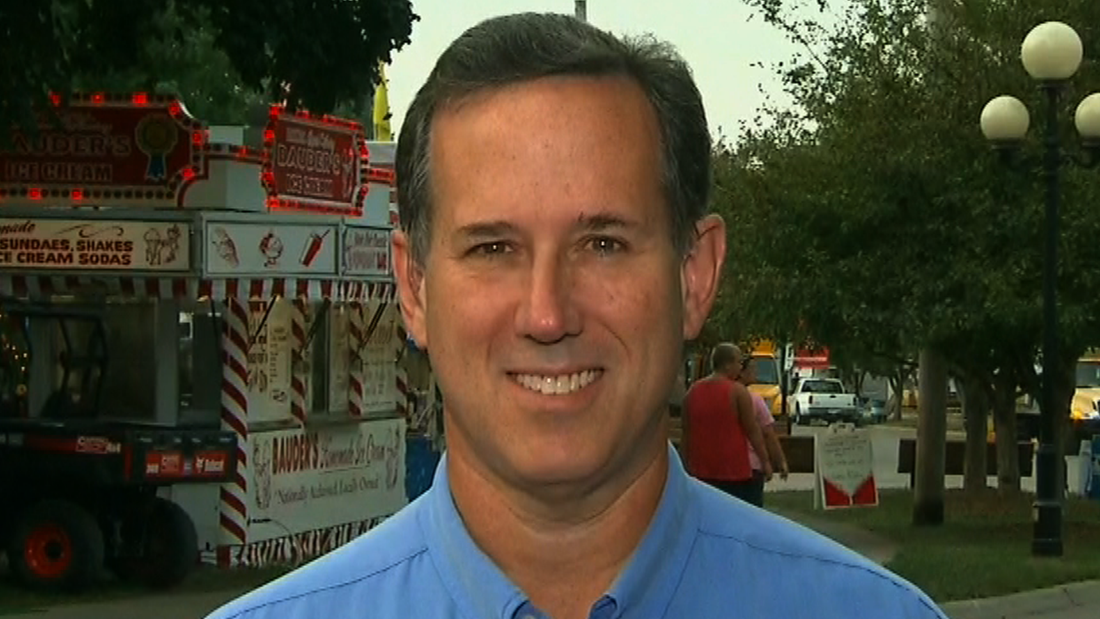- by theguardian
- 21 Sep 2023
After the FTX crash, here�s what you need to know � the crypto bubble is already bursting | Carol Alexander
After the FTX crash, here�s what you need to know � the crypto bubble is already bursting | Carol Alexander
- by theguardian
- 25 Nov 2022
- in technology

Following the bankruptcy of one of the world's largest cryptocurrency exchanges, FTX, the price of bitcoin (BTC) has tumbled again. It is now about $16,500 - a far cry from the all-time high of $66,000 just a year ago.
Why such a large drop in value? It's because of the highly toxic combination of an exchange (an electronic platform for buying and selling) called Binance, a stablecoin (a crypto whose price is pegged 1:1 to the US dollar or another "fiat" currency) called tether, and the skilled professional traders running high-frequency algorithms.
Unlike stocks, bitcoin can be traded on many different exchanges, but Binance has more than 50% of the entire crypto market, and as a result it sets the price of bitcoin and other cryptocurrencies. In order to buy cryptocurrencies, traders must convert fiat money, into a stablecoin like tether. Bitcoin-tether has by far the largest volume of all products on Binance, and because one dollar usually equals one tether, trading on bitcoin-tether sets the dollar price of bitcoin. But when bitcoin crashes, so does the entire crypto ecosystem.
The issue is that Binance is only self-regulated, meaning it is completely unregulated by traditional market regulators such as the Securities Exchange Commission in the US or the Financial Conduct Authority in the UK. This is a great attraction for professional traders because they can deploy high-frequency price-manipulation algorithms on Binance, which are against the law in regulated markets. These algorithms can cause rapid price movements up and down, making bitcoin extremely volatile.
Binance does its own clearing and settlements of trades, the same as all other self-regulated crypto exchanges. This means that losing counterparties - those on the other side of profitable trades - often have their positions wiped out automatically without notice.
Unlike normal exchanges, self-regulated crypto exchanges aren't required to raise the alarm when a trade has lost so much money that the collateral in the account needs topping up. Instead, traders are solely responsible for funding their accounts by continually monitoring something called the liquidation price. This is done automatically by the algorithms run by professional traders, but it is exhausting for ordinary players like you and me, who need to remain highly vigilant whenever manipulation is being used to create the volatility that professional traders use to increase their profits.
When professionals trade against each other it is called toxic flow, because the chance of profit is more like 50-50 if their algorithms are equally fast and effective. Professional traders much prefer their counterparty to be an ordinary investor.
- by travelpulse
- descember 09, 2016
Resort Casinos Likely Scuttled Under Amended Bermuda Legislation
Premier announces changes to long-delayed project
read more





